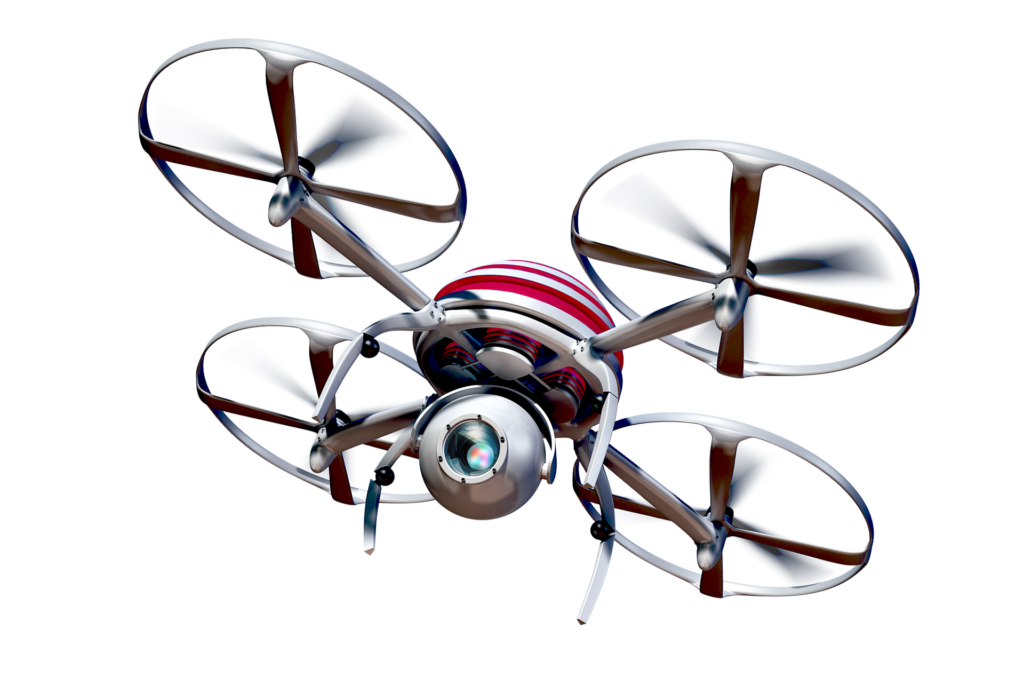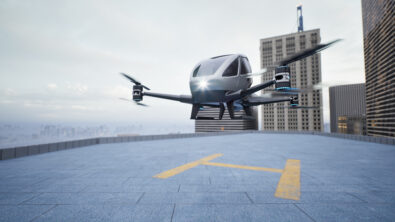Make me a drone: introduction

Making tomorrow’s products: a thought experiment.

The thought experiment has served the world well for thousands of years, from Plato to today’s great thinkers. Einstein rode a beam of light to extract his theories from his mind that still guide the science world today. Schrodinger’s Cat explores the convoluted paradox of quantum superposition which resulted in the practical quantum computing solutions that are rolling out today. In the world of AI, perhaps the most well-known thought experiment is the Chinese Room created in 1980 by John Searle, a philosopher. In this experiment, he explores whether or not a computer could ever be considered intelligent. It is not without controversy, but the experiment is serving its purpose to stimulate discussion and the formulation of AI theories.
The thought experiment is useful for thinking about any topic, as it provides a simple framework for often very complex problems that can be used to contemplate every angle, formulate solutions and move theories forward. Our thought leadership team decided that we wanted a thought experiment that would allow us to look at our entire Siemens portfolio today and explore the future of automated product design and manufacturing. Our thought experiment is called “Make me a drone.”
We ask, what if a customer has an idea for a custom drone and simply asks a computer to make it automatically? This requires the ability collect requirements from the customer and then designing and verifying a virtual representation of the drone by intelligent interaction with humans. The drone is a compact but complex product that contains electronics, mechanical parts, software, 3d-printed body parts and propellers. Our Xcelerator portfolio can design and verify all the elements of a drone, creating a comprehensive digital twin of that drone that is enriched and grows in fidelity throughout the design and manufacturing process. Sharing data across boundaries, from idea to manufacturing, promotes intelligent collaboration between team members, adding value at each step of the process.

But our experiment goes much further. An intelligent marketplace can offer anything from parts and materials, to production know-how, to manufacturing services in a way that the system can automatically validate and match the drone design requirements to vendors and factory operators. All these activities are enhanced digitally enabling small teams to innovate and compete globally.
Siemens excels at digitizing factories such that limited human interaction is required. In our thought experiment, we want to explore AI-driven systems that automatically assemble the drone and ship it to the customer.
Finally, we want to explore how to feed back data to the overall drone creation process through the digital twin to improve the development process and even send out software upgrades to the drone after it is in the field. The drone might even communicate back to the digital twin in order to provide real-time data that could improve any drone developed in the future.
”Make me a drone” might seem like science fiction, but Siemens already has solutions that support our thought experiment and new projects underway to design, realize and optimize any product. Connecting the drone process through digital threads, internal and external groups of people have access to any area of production. This is a powerful paradigm that can be applied to any product, from beverage containers to electronic airplanes. This example shows how to create a better future where anyone can turn today’s ideas into tomorrow’s products.
Our team is looking forward to share blogs and podcasts in support of our thought experiment. We will be working with experts across Siemens to report their thoughts to you and we will be providing our own perspectives on potential future developments. If you want to follow our journey, look for collateral with the “Make me a drone” label.


